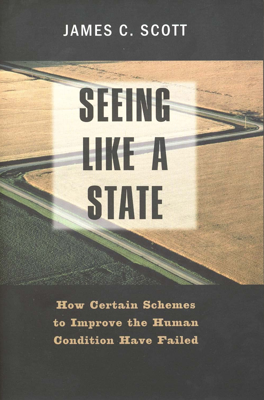Authoritarian High Modernism
In this section, the emphasis is placed on the concept of "high modernism," a particularly rigorous form of belief in scientific and technological progress, largely synonymous with industrialization in Western Europe and North America from the early 19th century up until World War I. This belief system was marked by supreme confidence in linear progress, scientific and technical knowledge, increased control over nature, and comprehensive rational engineering of society. High modernism, though not inherently political, found expression across various political spectrums, suggesting a common aspiration despite differing ideologies.
High modernism is characterized by its revolutionary zeal, aiming to reconfigure entire urban and rural landscapes to align with scientific understanding and rational planning. This approach trusts profoundly in technology's potential to solve social issues, backed by the state's influence and resources. However, this often results in overlooking traditional knowledge and local contexts, leading to social disruptions.
The chapter details three critical elements that when combined, lead to the catastrophic failures seen in various states throughout the 20th century:
- Ambitious project designs extended to society and nature, often rationalizing radical transformations for theoretical humanitarian improvements.
- Unrestrained authority of state machinery enabling the comprehensive enactment of these modern designs.
- The susceptibility of weakened civil societies that cannot effectively resist such plans.
Prominent advocates of high modernism ranged widely across political and professional spectrums, exemplifying the widespread appeal of its rationalist, transformative promises. Names such as Le Corbusier and Lenin illustrate the diverse adoption of high-modernist policies, implemented in vastly different societal contexts from Soviet Russia to urban planning in France.
In its extreme form, high modernism could morph into tyrannical utopias, with state planners acting as the ultimate arbiters of society's structure, often at great human cost. Real-world implications of these ideologies were immense, influencing extensive urban planning initiatives and rural transformations that reshaped millions of lives, frequently without their consent.
The allure of high modernism waned as its pitfalls became apparent—the disconnection from historical continuity, the disregard for evolved local practices, and the often devastating impact on communities. This led to a gradual realignment towards more inclusive, historically informed, and contextually sensitive planning approaches.
The critique closes by acknowledging both the historical significance and the dangerous allure of high modernism—an ideology that profoundly shaped 20th-century state development but also underscored the need for humility and local engagement in planning and development practices.
